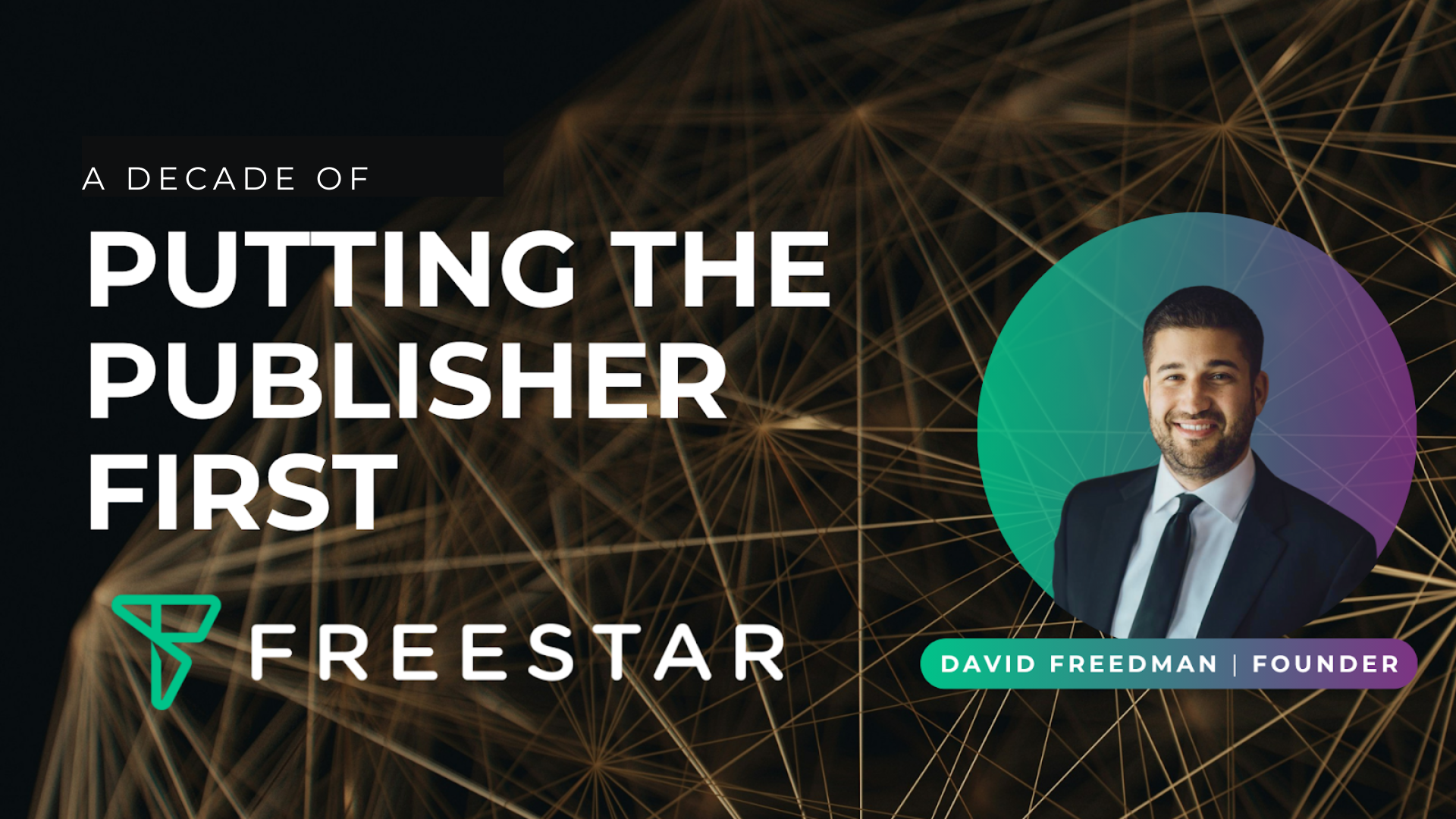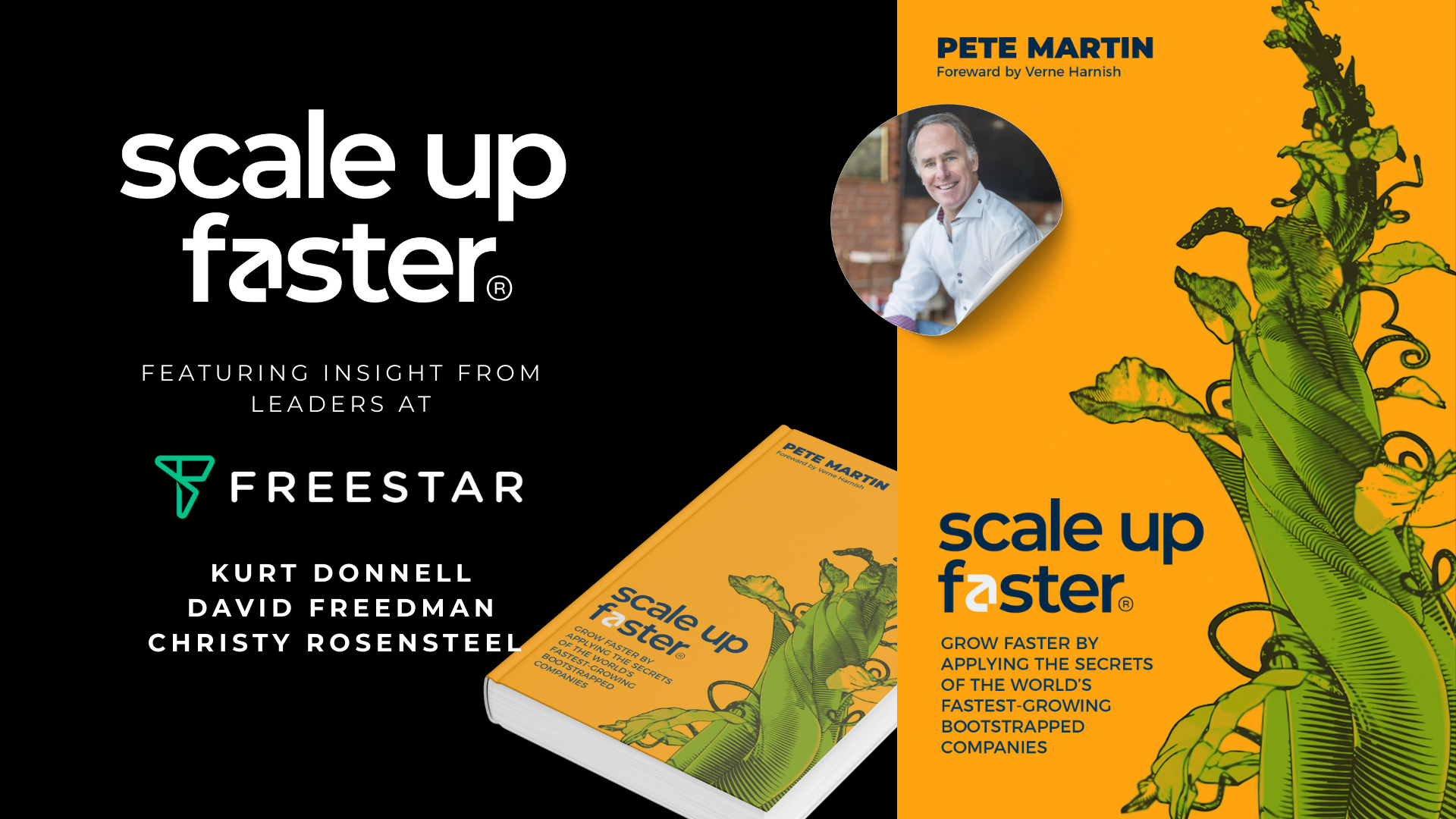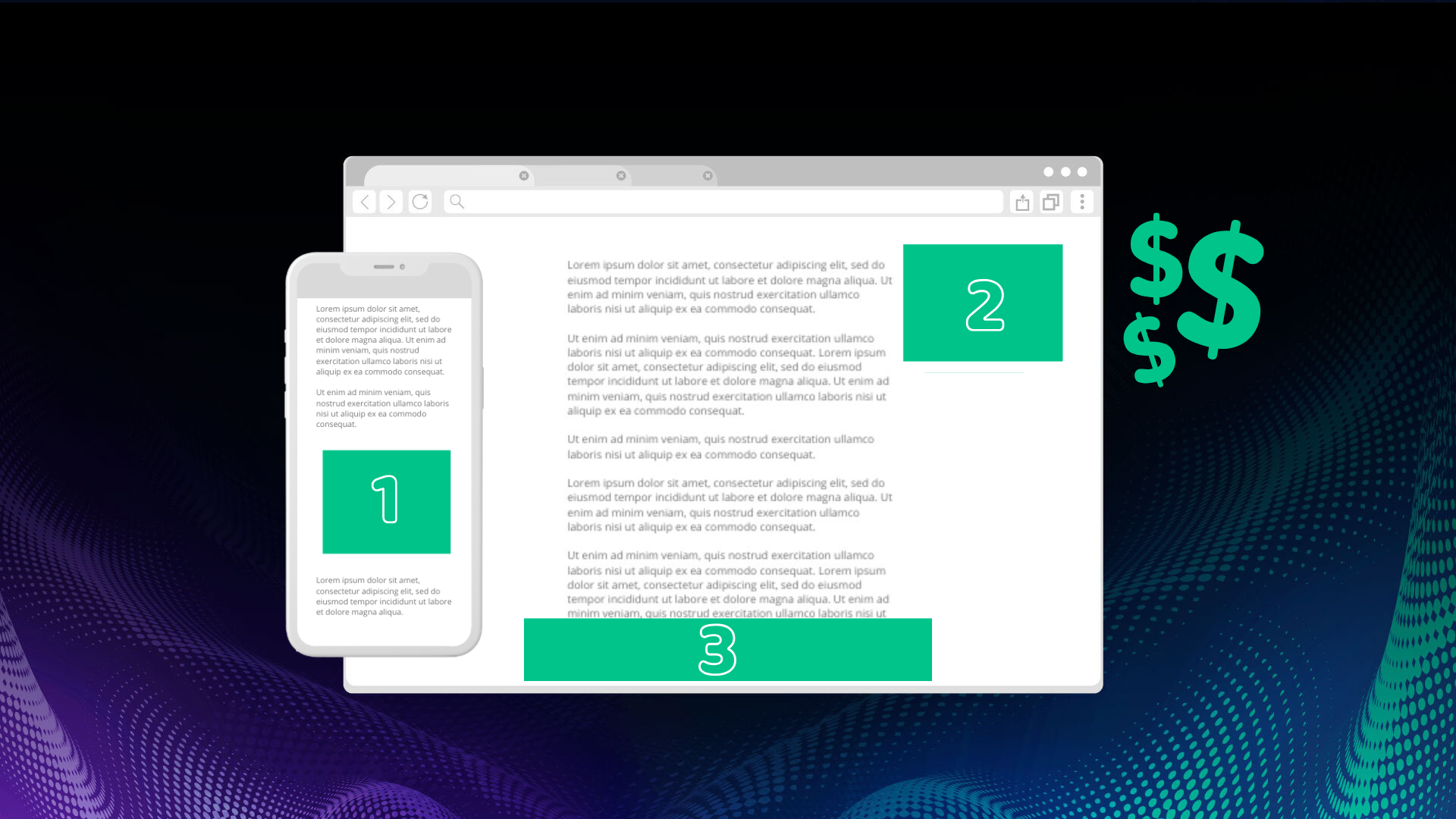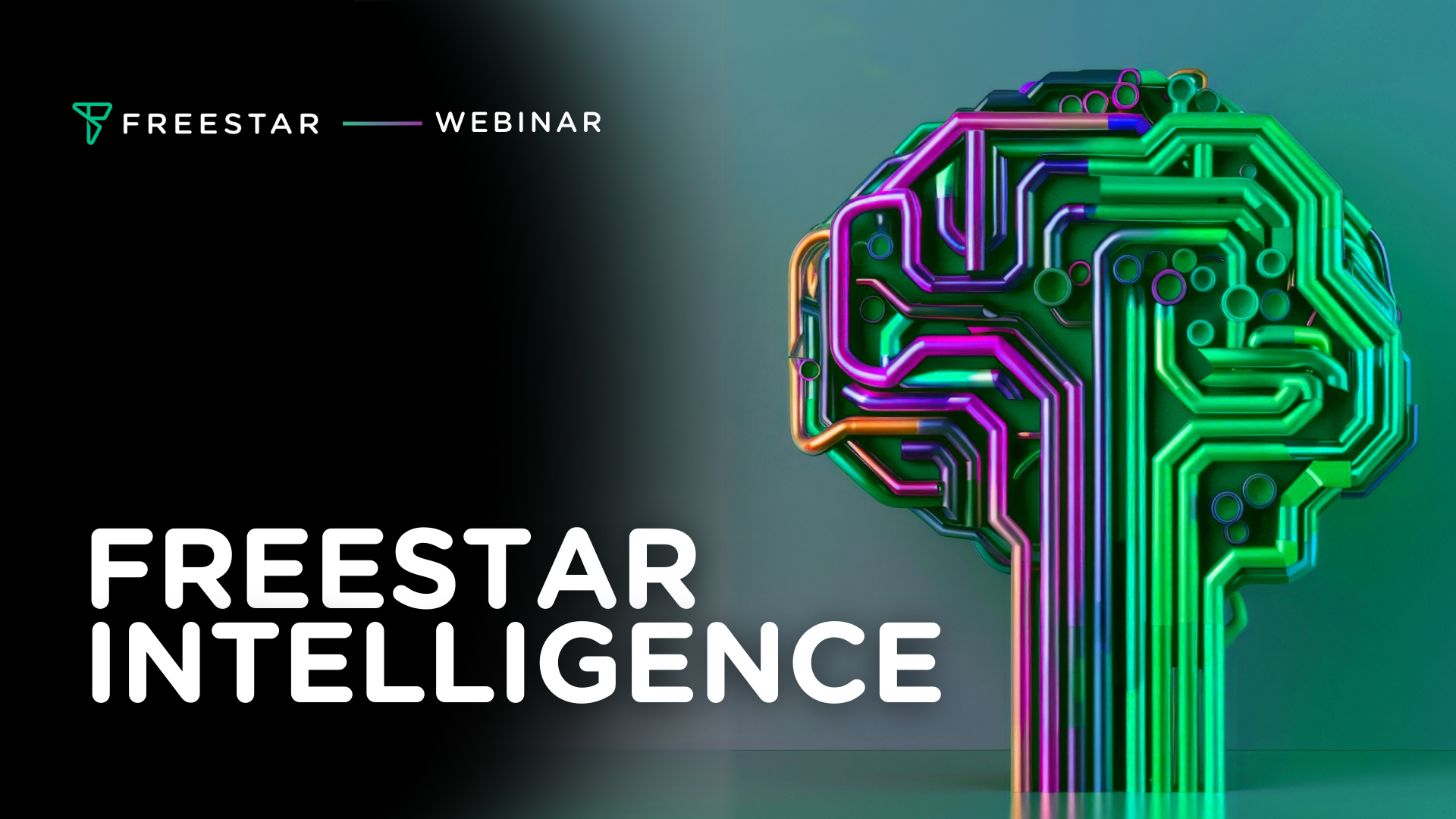Just recently, Admonsters asked the question: what happens when the publisher builds the stack? The article highlighted the growing trend of publishers moving to adtech in a quest to build the tools they have long been asking for. Instead of waiting for better solutions to emerge, explains Lynne D. Johnson, “they wanted a hand in reshaping the ad tech stack to benefit the sell side.”
But putting the publisher first is nothing new for us.
A decade ago, I too was a publisher, and it often felt as though we were at the bottom of the advertising food chain. When it came to prioritizing the needs of those in the ecosystem, the advertiser was calling all the shots. For the publisher, however, everything was overpromised and underdelivered. And yet, as we all know, publishers “bring first-hand knowledge of supply chain gaps, auction inefficiencies, data blind spots – because they’ve lived them. And when that experience informs the tech? The tools get smarter. The systems get more transparent.”
I saw this gaping hole for publishers that I was determined to fill, and so Freestar was born. Our mission was to put the publisher first in everything we did, and with our clients facing new challenges every day, we continue to take pride in doing exactly that.
The Freestar Approach to Customer Success
As a company with over 200 employees, maintaining a clear focus on the needs of our specific customer base remains a key defining factor in where we invest and how we develop. Frequent conversations with publishers allow us to understand their pain points and inform us which solutions we will work on next with our product and engineering teams. This, in turn, drives longstanding partnerships with publishers.
Clients feel empowered when they find a partner that actually listens to their needs, but also has the tech and expertise to meet them. In our case, our code is so powerful and dynamic that once implemented, adops teams can focus their talents elsewhere – whether that’s editorial, SEO, ad products, core web vitals, yield management or something else. Meanwhile, our platform continues to become more powerful as we feed in publisher insights.
Turning Publisher Problems into Powerful Products
As publishers share their frustrations and challenges, the key is to translate those concerns into a product that alleviates the problem. For example:
On the sell side: Some publishers like to take on our solution wholesale, to ‘set it and forget it’, and then go about their day. This is reflected in our original, fully-managed offering. Meanwhile, other publishers prefer to dig in deeper to understand and then optimize, say, the monetization tools available to suit their needs. We soon recognized the need to provide both options, which led to the development of our popular self-managed Flex solution. These clients are looking for more than just a great dashboard and data. For example, they often lack the ability to truly A/B test campaign elements, so being able to do this within the Flex platform is a huge benefit and something that has been lacking in the industry until now.
On the buy side: Of course, the other part of the puzzle is managing the demand sources and the ad dollars coming in. Supply path optimization has evolved over the years from a buzzword to real-world understanding of how we can throttle off bid requests, for instance, to inform new developments such as our Dynamic Ad Stack (DAS) header bidding solution. Learning from our clients’ experiences, we are now making real-time decision-making across every part of the auction, leveraging data and machine learning, and being smarter about how we make ad requests to publishers.
Applying the Theory: The AI Conundrum
AI dominates many conversations right now, but the more marketing fodder it provides, the more it becomes overused and abused.
The risk is losing sight of the point—and the potential value—of specific applications. For instance, we have just begun a company-wide audit to pinpoint internal challenges, so we can provide better customer service from an operational standpoint. Meanwhile, from an AdOps standpoint, we already utilize machine learning to harness the billions of data points we ingest, thereby improving our product offerings.
In short, AI and ML have their place, but in a culture that prioritizes people, they should be utilized to enhance their lives, not as a buzzword to attract attention.
Here’s to the Next 10
At Freestar, we are still just as motivated as ever by the desire to deliver genuine benefit where our clients – the publishers – have a genuine need. They shouldn’t have to “wait for better tools to arrive,” and we welcome their input at all stages. As we move into our second decade, we’re even more determined to be their chosen adtech partners, championing their success in the face of an evolving digital advertising landscape. And how will we do that? By continuing to listen.





